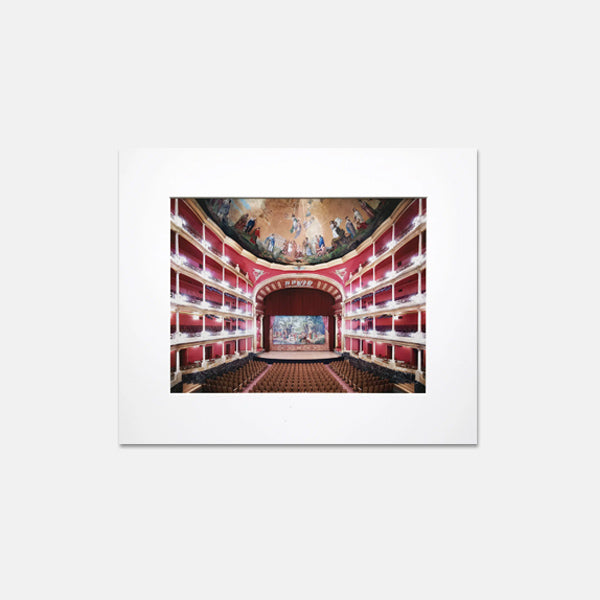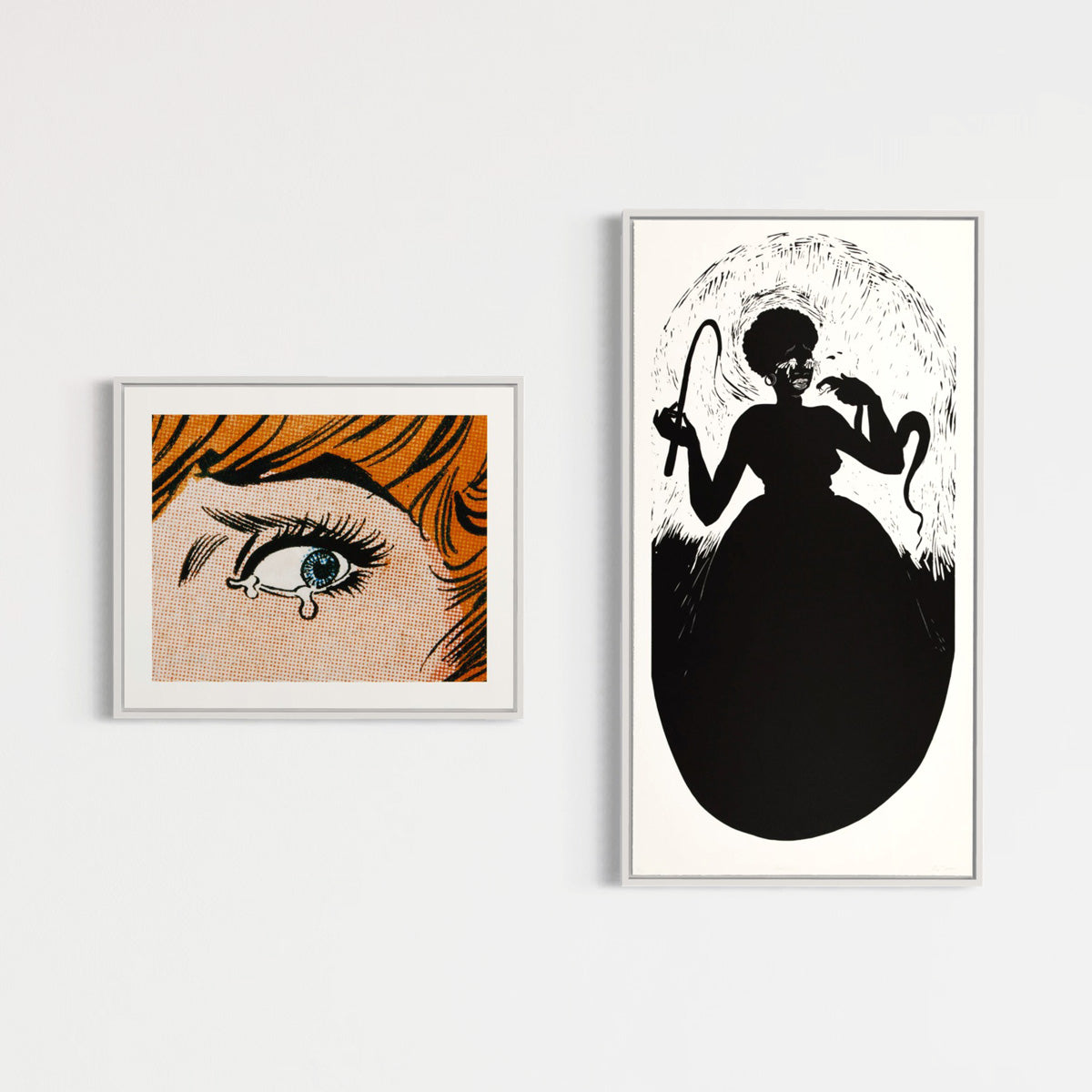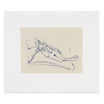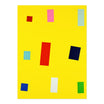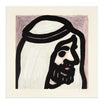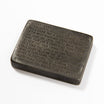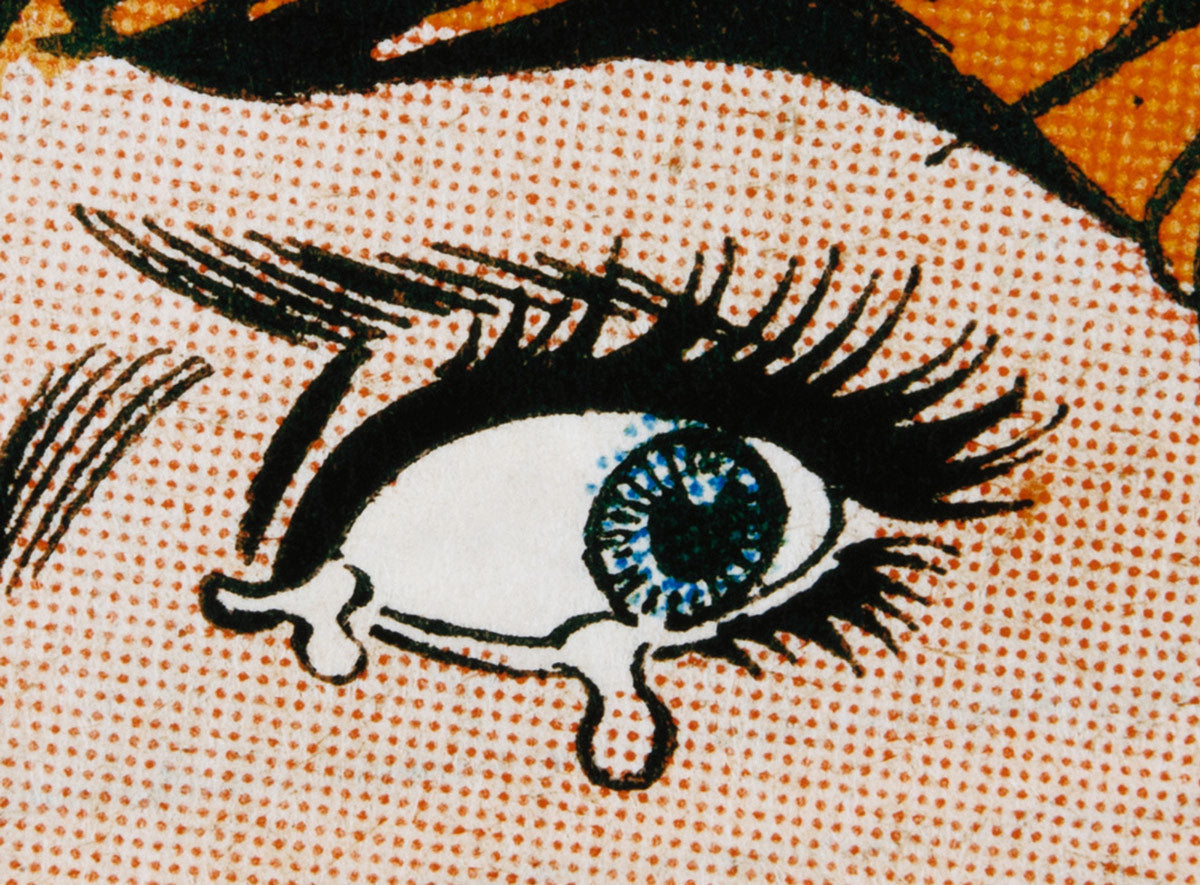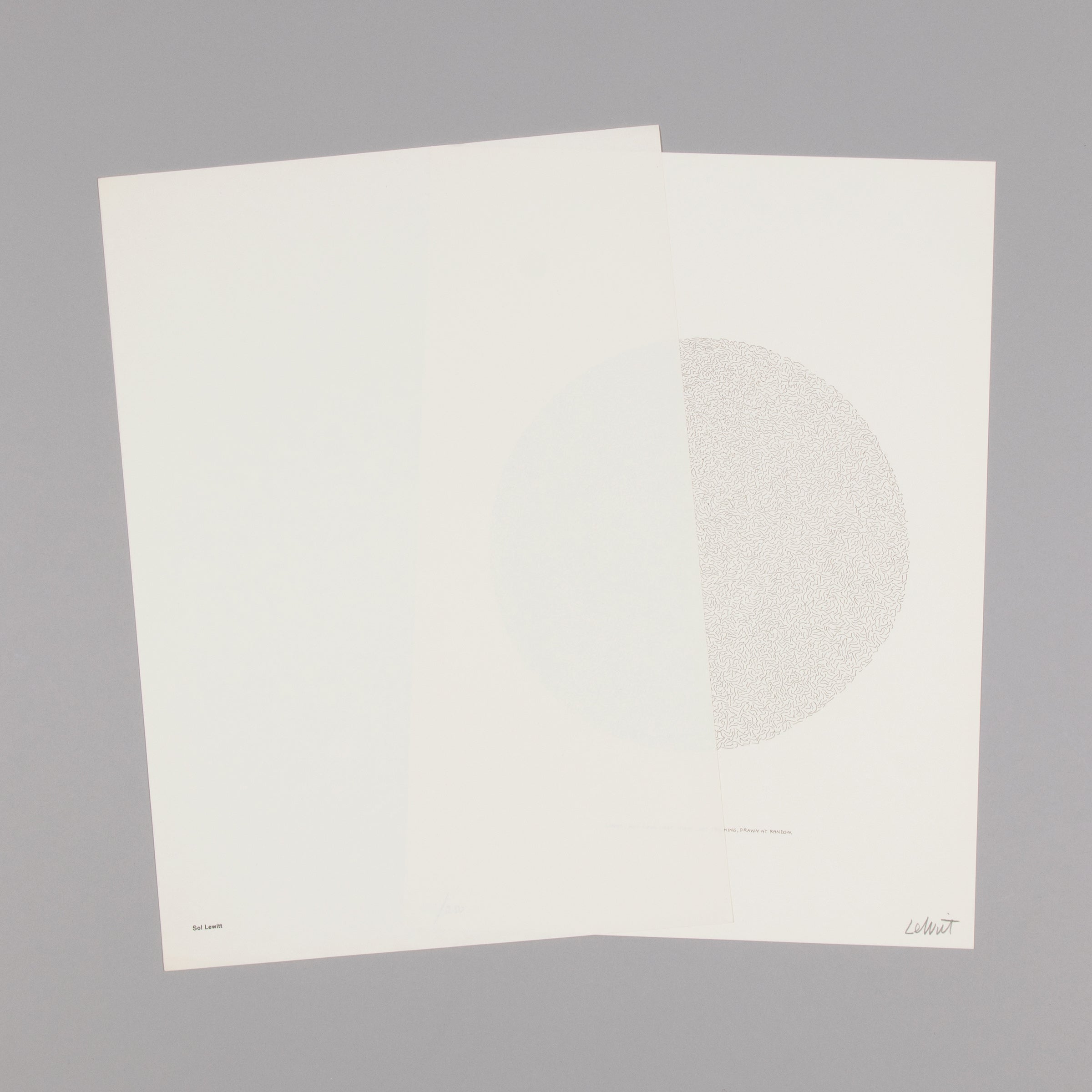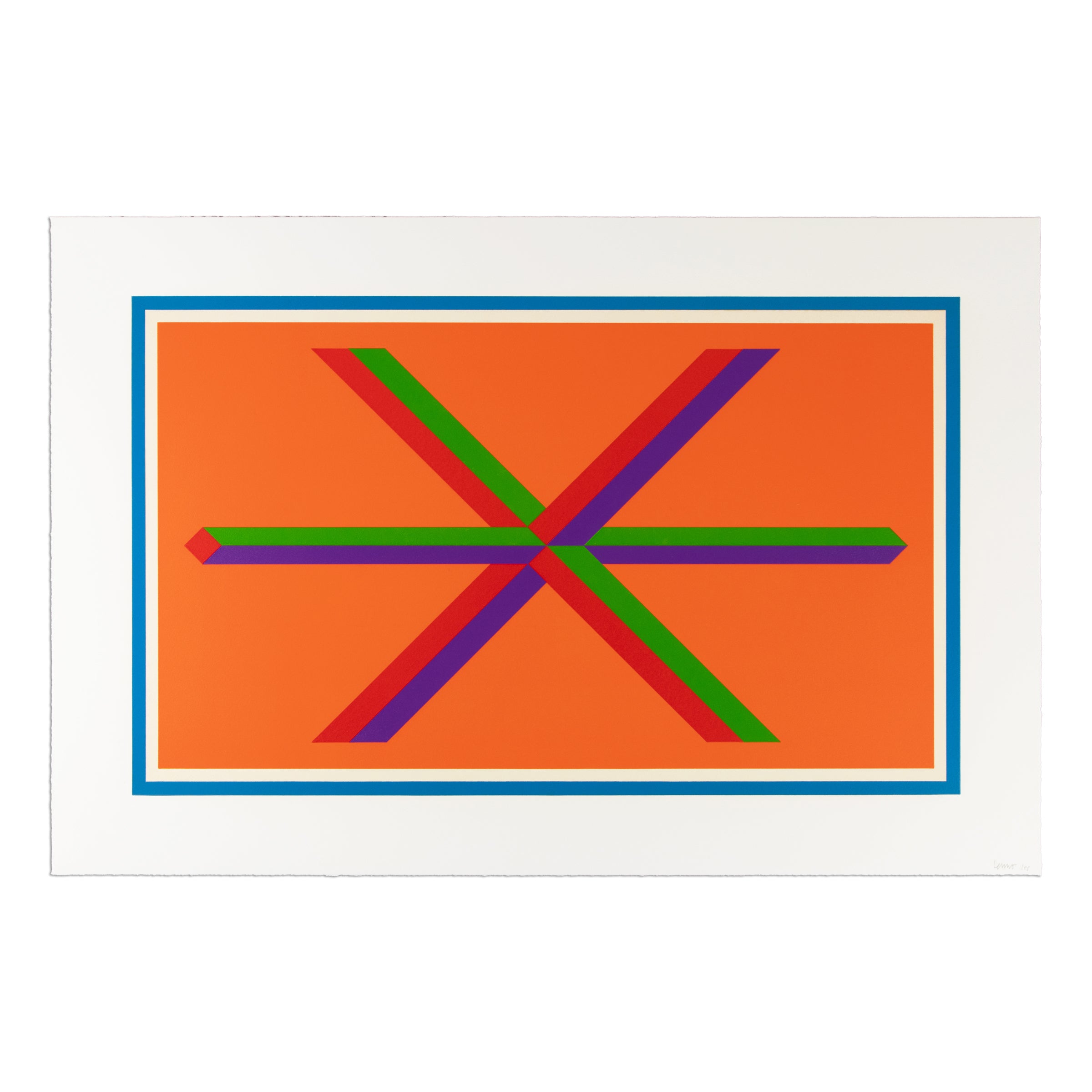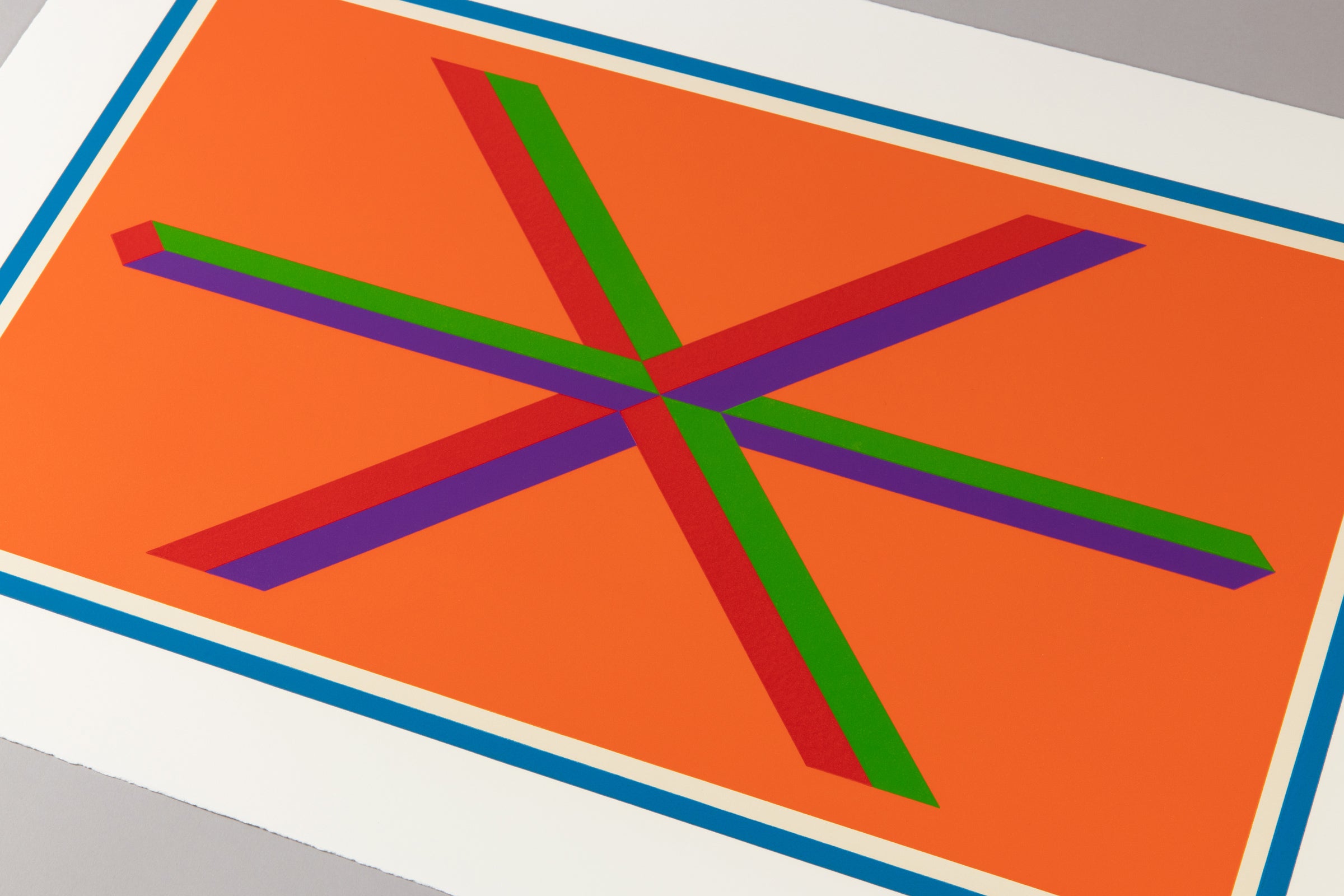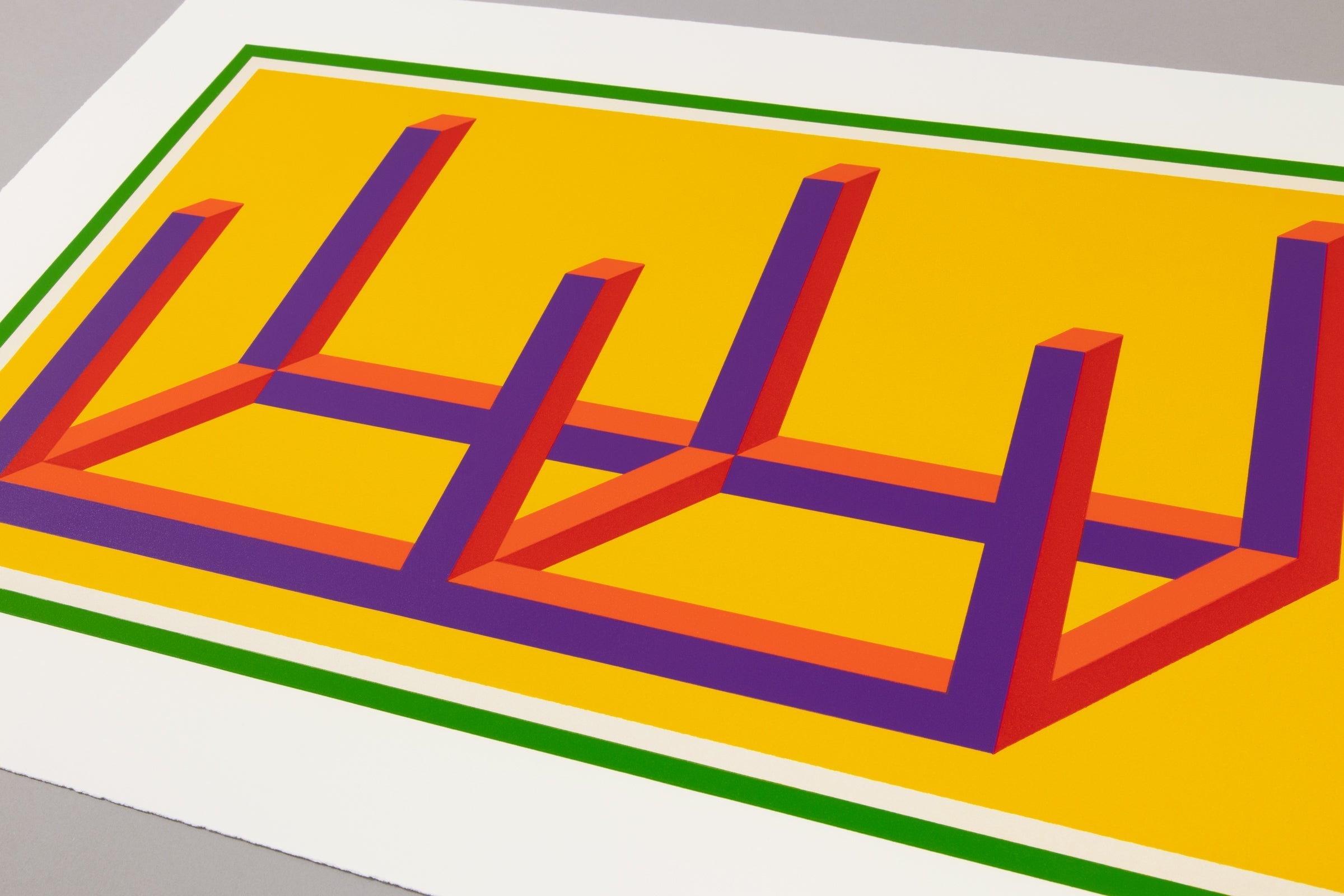Sol LeWitt
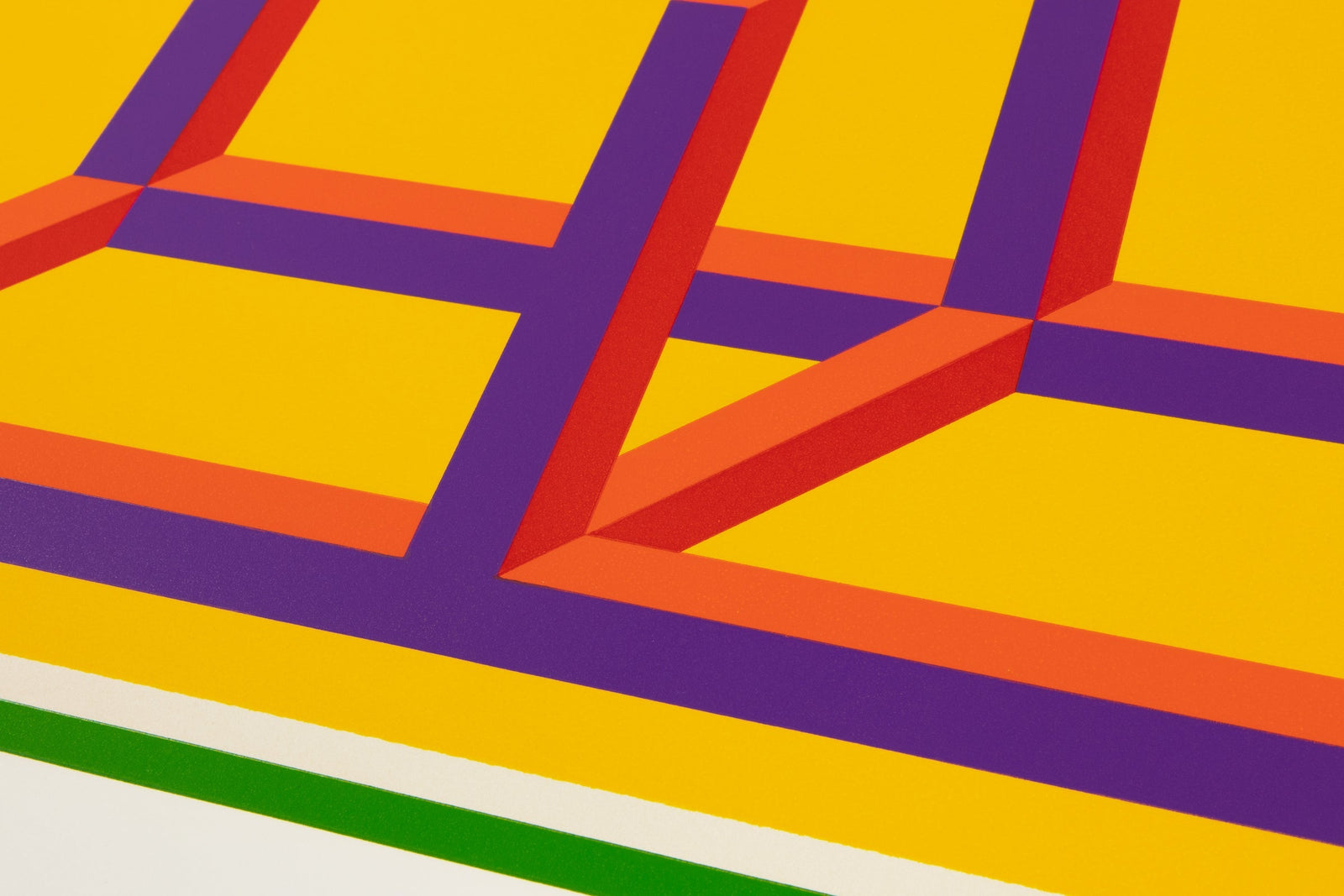
Artworks by Sol LeWitt
Sol LeWitt transformed the art landscape with his groundbreaking emphasis on ideas over traditional aesthetics, redefining the very foundations of Conceptual Art. Each limited edition print, available for sale, distills his innovative systems of line, color, and form into accessible formats that still feel remarkably fresh. These abstract artworks continue to inspire audiences through their clarity, rigor, and enduring ability to shift how we understand the act of creation itself.
3 products

Sol LeWitt (1928–2007), born in Hartford, Connecticut, was a pioneering American artist who played a defining role in the emergence of Conceptual Art and Minimalism. During the 1960s, he spearheaded a radical shift away from the emotionally charged canvases of Abstract Expressionism, introducing an approach that emphasized structure, geometry, and above all, the primacy of ideas.
LeWitt believed that the concept should dictate the outcome of the artwork, rather than its aesthetic or material qualities. In his groundbreaking 1967 essay Paragraphs on Conceptual Art, he declared: “The idea becomes a machine that makes the art.” This philosophy marked a turning point in 20th-century art, repositioning the artist as a thinker and architect of systems, rather than a traditional craftsman. For LeWitt, execution was secondary to the clarity and rigor of the concept.
His body of work spans wall drawings, sculptures, paintings, and limited edition prints, all of which explore the interplay between geometry, repetition, and variation. Using simple forms such as cubes, grids, and lines, LeWitt created visually complex patterns that reveal infinite possibilities within strict formal constraints. His monumental wall drawings, often executed by teams of assistants following precise written instructions, became a signature innovation—challenging conventional ideas of authorship and transforming entire architectural spaces into immersive artworks.
LeWitt’s prints and editions hold a central place in his practice, translating his minimalist language into highly collectible works on paper. These limited edition prints reflect the same conceptual rigor and geometric clarity as his large-scale installations, making them an accessible entry point for collectors and institutions alike.
Today, Sol LeWitt’s influence continues to resonate across contemporary art. His systematic approach to form and his insistence on the primacy of ideas reshaped how art is conceived, produced, and understood. His prints, paintings, and sculptures remain cornerstones of Minimalism and Conceptual Art, cementing his legacy as one of the most important artists of the postwar era.

Sol LeWitt’s exhibition history reflects his pivotal role in the development of Minimalism and Conceptual Art. He first gained international recognition in the 1960s through groundbreaking group shows that introduced his radical use of geometry, modular structures, and system-based art to a wider audience.
His first major retrospective was organized by the Museum of Modern Art in New York in 1978, showcasing his wall drawings, sculptures, and limited edition prints on a large scale. This was followed by significant surveys at the San Francisco Museum of Modern Art in 2000 and the Massachusetts Museum of Contemporary Art (MASS MoCA) in 2008. The MASS MoCA retrospective remains one of the most ambitious single-artist projects ever undertaken, spanning an entire building with over 100 wall drawings executed by teams of artists according to LeWitt’s instructions.
Additional retrospectives and solo exhibitions have been staged at institutions such as the Tate Gallery in London, the Kunsthalle Bern, and the Whitney Museum of American Art in New York, affirming his global influence. His artworks are also represented in leading public collections, including MoMA, Tate Modern, the Centre Pompidou in Paris, and the Guggenheim Museum.
Sol LeWitt passed away in 2007 in New York, leaving behind a profound impact on how art is conceived, produced, and experienced. His major retrospectives and institutional holdings affirm his critical role in reshaping contemporary art, while his wall drawings, sculptures, and limited edition prints remain central to the study and collection of Minimalist and Conceptual Art.
Sol LeWitt (1928–2007), born in Hartford, Connecticut, was a pioneering American artist who played a defining role in the emergence of Conceptual Art and Minimalism. During the 1960s, he spearheaded a radical shift away from the emotionally charged canvases of Abstract Expressionism, introducing an approach that emphasized structure, geometry, and above all, the primacy of ideas.
LeWitt believed that the concept should dictate the outcome of the artwork, rather than its aesthetic or material qualities. In his groundbreaking 1967 essay Paragraphs on Conceptual Art, he declared: “The idea becomes a machine that makes the art.” This philosophy marked a turning point in 20th-century art, repositioning the artist as a thinker and architect of systems, rather than a traditional craftsman. For LeWitt, execution was secondary to the clarity and rigor of the concept.
His body of work spans wall drawings, sculptures, paintings, and limited edition prints, all of which explore the interplay between geometry, repetition, and variation. Using simple forms such as cubes, grids, and lines, LeWitt created visually complex patterns that reveal infinite possibilities within strict formal constraints. His monumental wall drawings, often executed by teams of assistants following precise written instructions, became a signature innovation—challenging conventional ideas of authorship and transforming entire architectural spaces into immersive artworks.
LeWitt’s prints and editions hold a central place in his practice, translating his minimalist language into highly collectible works on paper. These limited edition prints reflect the same conceptual rigor and geometric clarity as his large-scale installations, making them an accessible entry point for collectors and institutions alike.
Today, Sol LeWitt’s influence continues to resonate across contemporary art. His systematic approach to form and his insistence on the primacy of ideas reshaped how art is conceived, produced, and understood. His prints, paintings, and sculptures remain cornerstones of Minimalism and Conceptual Art, cementing his legacy as one of the most important artists of the postwar era.
Sol LeWitt’s exhibition history reflects his pivotal role in the development of Minimalism and Conceptual Art. He first gained international recognition in the 1960s through groundbreaking group shows that introduced his radical use of geometry, modular structures, and system-based art to a wider audience.
His first major retrospective was organized by the Museum of Modern Art in New York in 1978, showcasing his wall drawings, sculptures, and limited edition prints on a large scale. This was followed by significant surveys at the San Francisco Museum of Modern Art in 2000 and the Massachusetts Museum of Contemporary Art (MASS MoCA) in 2008. The MASS MoCA retrospective remains one of the most ambitious single-artist projects ever undertaken, spanning an entire building with over 100 wall drawings executed by teams of artists according to LeWitt’s instructions.
Additional retrospectives and solo exhibitions have been staged at institutions such as the Tate Gallery in London, the Kunsthalle Bern, and the Whitney Museum of American Art in New York, affirming his global influence. His artworks are also represented in leading public collections, including MoMA, Tate Modern, the Centre Pompidou in Paris, and the Guggenheim Museum.
Sol LeWitt passed away in 2007 in New York, leaving behind a profound impact on how art is conceived, produced, and experienced. His major retrospectives and institutional holdings affirm his critical role in reshaping contemporary art, while his wall drawings, sculptures, and limited edition prints remain central to the study and collection of Minimalist and Conceptual Art.



Buy art online
Shop art editions online with transparent pricing, accurate condition reports, and fast dispatch. Designed for international collectors, we make buying limited edition prints and artworks simple, secure, and reliable.
Worldwide shipping
We ship art editions worldwide with full insurance and tracking. Handled only by trusted international carriers, each shipment is securely packaged and typically dispatched within 5 days.
Professional packaging
Every artwork is packaged to the highest professional standards. Using solid multi-layer cardboard and protective materials, we ensure your art editions arrive safely and in excellent condition.
Secure payment
Buy with confidence using secure, encrypted payments backed by advanced fraud protection. Every transaction is processed with trusted technology, ensuring a smooth and worry-free checkout for collectors worldwide.

